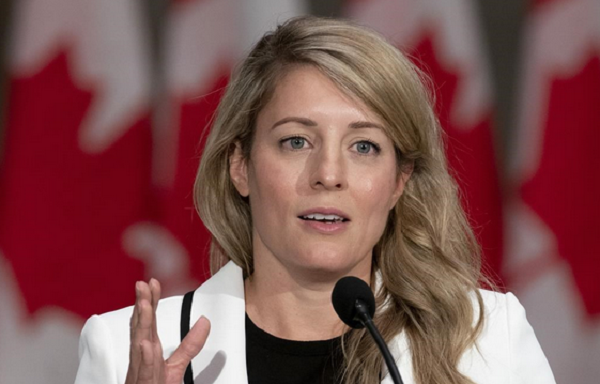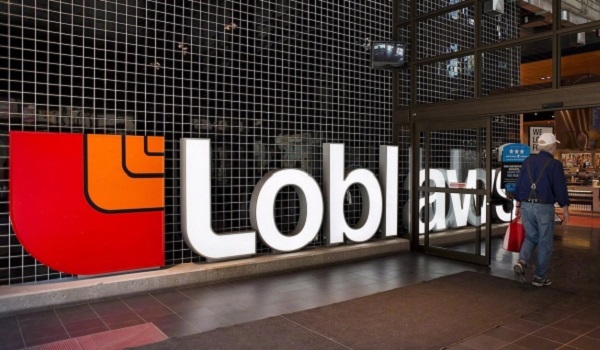What is the percentage increase in what Canadian consumers are paying compared to this time last year?
Canada’s annual inflation rate slowed to a three-year low of 2.7 per cent in April, matching expectations, and core measures continued to ease, data showed on Tuesday, likely boosting chances of a June interest rate cut.
Analysts polled by Reuters had forecast inflation to cool to 2.7 per cent from 2.9 per cent in March. Month on month, the consumer price index rose 0.5 per cent in April, also less than a forecast of 0.6 per cent gain.

Food prices, services and durable goods led the deceleration in headline inflation, Statistics Canada said. The cooling was moderated by gasoline prices, excluding which, annual inflation slowed to 2.5 per cent from 2.8 per cent in March.
The annual inflation rate is now closer to the Bank of Canada’s 2 per cent target than in April, when Governor Tiff Macklem said the bank’s six-member council was looking for sustained cooling in inflation before lowering borrowing costs.
The central bank’s preferred measures of core inflation also eased. CPI-median slowed for the fourth straight month to 2.6 per cent from 2.9 per cent in March, while CPI-trim decreased to 2.9 per cent from 3.2 per cent.
Tuesday’s report is among the last major data to be released before the Bank of Canada’s next rate announcement on June 5. Before inflation data, money markets saw a roughly 60 per cent chance of the bank keeping its policy rate on hold at a 23-year high of 5 per cent.
At 2.7 per cent – slowest since March 2021 – inflation is running slightly cooler than the Bank of Canada’s forecast for it stay around 3 per cent in the first half of 2024, before cooling down to 2.2 per cent by the end of the year. Inflation has been above 2 per cent since March 2021 and touched a four-decade high of 8.1 per cent in June 2022, and the bank expects it to cool down to 2 per cent in 2025.
In April, an acceleration in gasoline prices added upward pressure to inflation, as higher costs associated with switching to summer blends, higher oil prices due to supply concerns and an increase in the federal carbon levy all contributed to the increase in prices, StatCan said.
Grocery price gains slowed to 1.4 per cent annualized, led by slower growth in meat prices.
Excluding volatile food and energy, prices rose 2.7 per cent compared with a 2.9 per cent rise in March.
Services prices rose 4.2 per cent on an annual basis, while goods prices increases 1 per cent.
(Reporting by Ismail Shakil in Ottawa; Editing by Dale Smith)
This article was first reported by Reuters












